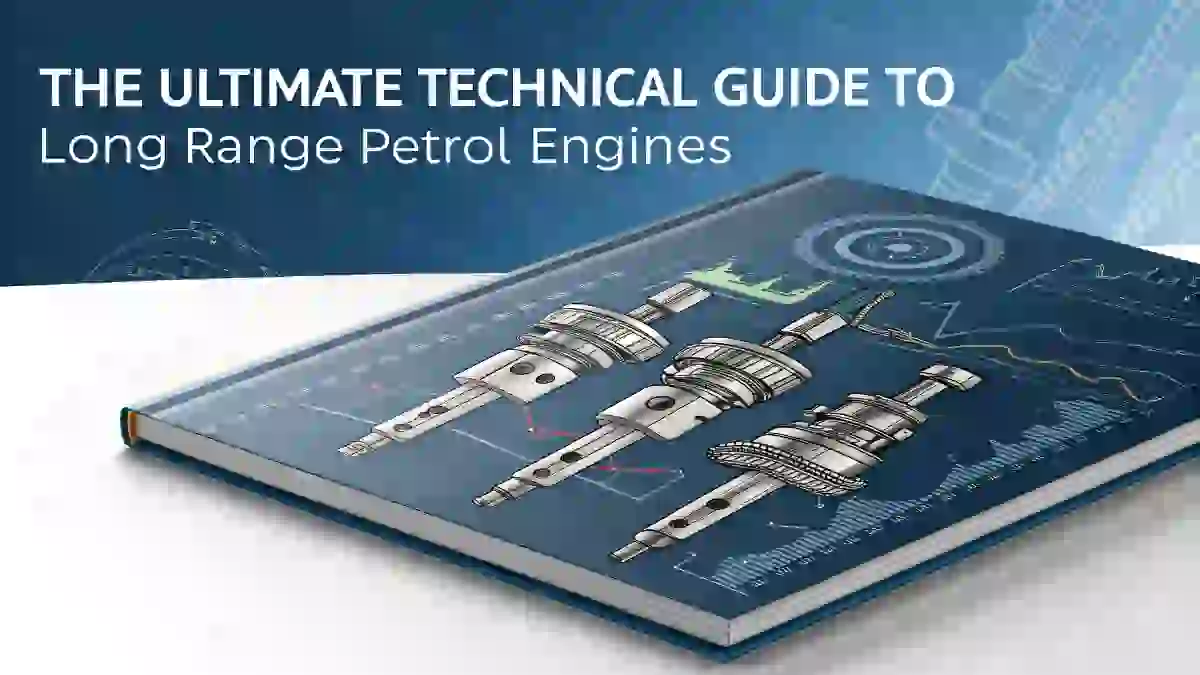
Introduction to The Ultimate Technical Guide to Long Range Petrol Engines
Long range petrol engines represent a significant advancement in automotive engineering, designed primarily to enhance the distance a vehicle can travel on a single tank of fuel. These engines are optimized for efficiency and performance, setting them apart from traditional petrol engines, which tend to prioritize power and acceleration over fuel economy. The significance of long range petrol engines stems from their ability to combine the convenience of petrol with the desire for extended travel without frequent refueling, thereby catering to both everyday and adventure-seeking drivers.
